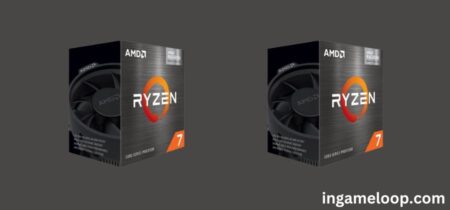
Apple is set to launch the new MacBook Pros featuring M3-series chips on November 7, and purported benchmarks have already surfaced. If these figures hold true, the M3 MacBook Pro benchmarks demonstrate substantial power. Nevertheless, some competitors still maintain an advantage. Recent comparisons against rival chips from Intel, AMD, and Qualcomm’s Snapdragon X Elite reveal a narrower gap in performance than expected.
The leaked Geekbench scores for the M3 processors initially showed promising results, with a single-core score of 3,030 and a multi-core reading of 11,649. Apple claimed a 35% increase in performance over the M1 and a 20% boost over the M2, a prediction seemingly validated by these benchmarks. However, when pitted against the competition, the M3’s dominance begins to wane.
| Chipset | Geekbench 6 Single-Core | Geekbench 6 Multi-Core | |
| Apple M2 | 2,572 | 9,465 | |
| Apple M3 Max | 2,971 | 20,785 | |
| Apple M3 | 3,030 | 11,649 | |
| Apple M2 Ultra | 2,430 | 18,700 | |
| Apple M2 Max | 2,736 | 14,497 | |
Geekbench’s average scores for the M1-powered MacBook Air showed a respectable 30% improvement in single-core performance and a 40% leap in multi-core capabilities. The M2-powered version, while still an improvement, displayed a more modest boost of 18% and 21% respectively. Apple’s promise of enhanced graphical performance through a 10-core GPU also received a measure of scrutiny.
The M3 Max variant, touted for its high-performance capabilities, demonstrated formidable scores of 2,971 in single-core and 20,785 in multi-core. These figures, while impressive, only slightly outperform the M2 Ultra, indicating a potential leveling of the playing field.
When comparing the M3 chips to rival offerings, both the standard M3 and the beefier M3 Max surpassed Intel and AMD chips in single-core performance, but the gap has narrowed. In multi-core performance, the base M3 fell behind its competitors, signaling a shift in the landscape.
Qualcomm’s Snapdragon X Elite, a prominent player in the mobile chip market, maintained a competitive edge over the M3, albeit by a slim margin. This suggests that Apple’s claims of supremacy in raw processing power may face formidable competition.
Industry experts speculate that the gap in performance may be attributed to advancements made by Intel and AMD in their latest chip offerings. Both companies have made significant strides in narrowing the performance differential with Apple’s custom silicon. The results indicate a broader trend of heightened competition and innovation in the semiconductor industry.
As always with leaked benchmark data, it is essential to approach the findings with a degree of caution. Real-world performance may vary based on various factors, and Apple’s optimization strategies may still give the M3 an edge in specific applications.
The leaked benchmarks for Apple’s M3-series chips have sparked a re-evaluation of their anticipated performance superiority. While the M3 processors demonstrate commendable performance, they face fiercer competition than initially projected from Intel, AMD, and Qualcomm. As the industry continues to evolve, it is clear that the race for technological supremacy is far from over.







